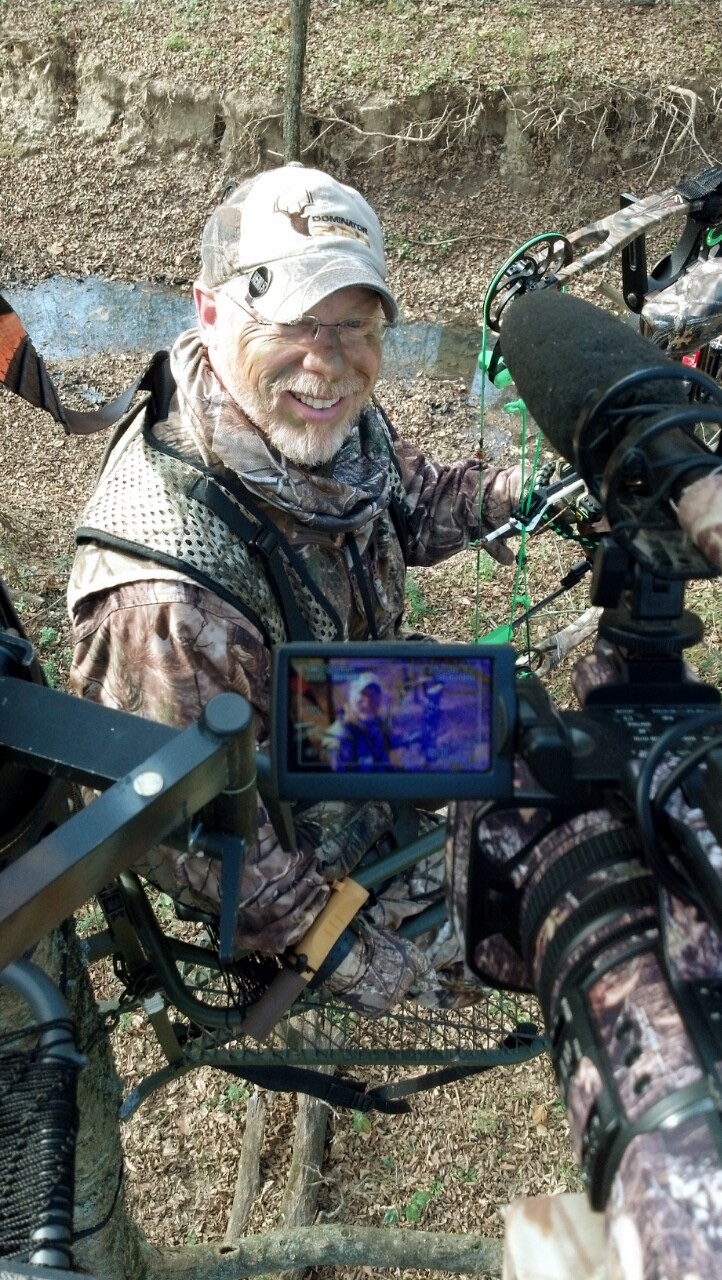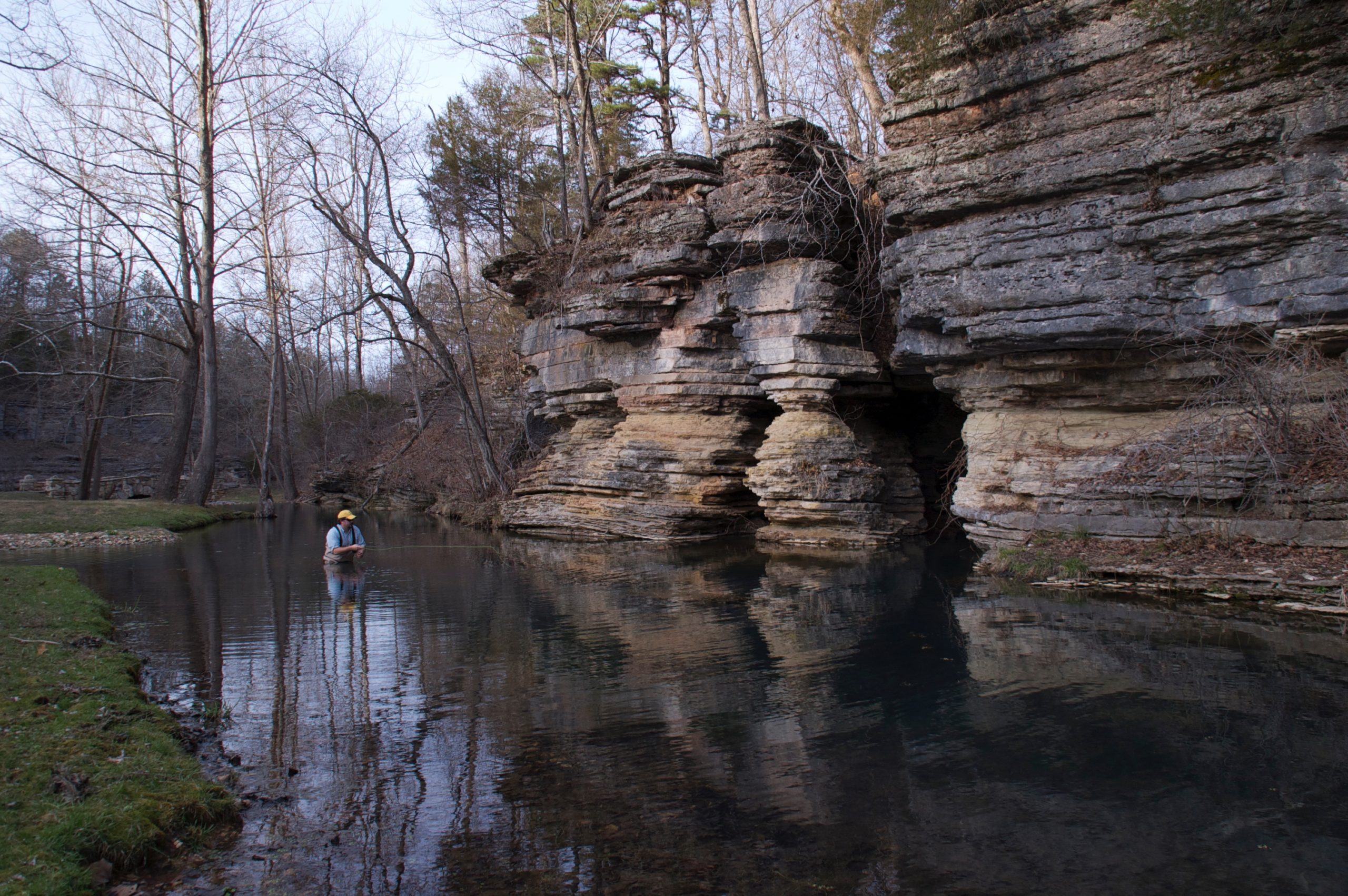Four Seasons of Food Plots: Q&A with Forrest Keeling Nursery

 Forrest Keeling Nursery represents over 65 years of knowledge and passion for bringing the best trees to its customers. The family-owned nursery specializes in native plant material and offers over 250 different species. Wayne Lovelace, Forrest Keeling president, is the developer of the world-renowned Root Production Method (RPM®) plant production system, a patented system that naturally produces faster growing, hardier plants. Both Wayne and his daughter, Kim Young, are have been supporters of CFM and Missouri conservation for years.
Forrest Keeling Nursery represents over 65 years of knowledge and passion for bringing the best trees to its customers. The family-owned nursery specializes in native plant material and offers over 250 different species. Wayne Lovelace, Forrest Keeling president, is the developer of the world-renowned Root Production Method (RPM®) plant production system, a patented system that naturally produces faster growing, hardier plants. Both Wayne and his daughter, Kim Young, are have been supporters of CFM and Missouri conservation for years.
Forrest Keeling is a CFM business alliance member and longtime supporter of conservation within Missouri. Why is conservation an important aspect of Forest Keeling Nursery?
For decades we have specialized in native species and native selections that are proven by nature to protect our natural resources such as air water soil and wildlife.
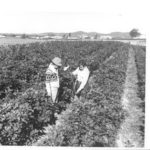 Forrest Keeling was founded in 1948.What has caused FKN to evolve and grow to this point?
Forrest Keeling was founded in 1948.What has caused FKN to evolve and grow to this point?
Our passion for native species began in the aftermath of the devastating freeze of 1991, and the floods of 1993 and 1995. We saw it was the native species that survived. These native species not only helped to retain the soil but we recognized that they nurtured wildlife. Natives became the foundation and model for Forrest Keeling’s future.
Forrest Keeling grows over 70 varieties of seedlings, 250 varieties of RPM potted lines, 30 species of oaks and 90 varieties of native forbs, grasses and perennials. What are some of your most popular items and why?
Oaks and hickories comprise 70% of our native forests. Restoration projects mirror the same percentages that are found in nature. Native edibles are also very popular as we are finding many health benefits associated with Missouri native fruits and nuts. They are practical, earth friendly, healthful and beautiful.
What is the biggest hurdle or obstacle people face when trying to establish a new planting?
Most natives have a dominant tap root making successful establishment difficult. It is also of utmost importance to match the right species to your site.
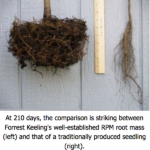 Forrest Keeling is known for Root Production Method (RPM) and the “Walk-A-Way” system. Please explain the advantages of root production method? (95% effective rate)
Forrest Keeling is known for Root Production Method (RPM) and the “Walk-A-Way” system. Please explain the advantages of root production method? (95% effective rate)
The multistep patented production method results in plants with a robust system of lateral roots enabling the plant to take up more air, water and nutrients. The result is a high percentage of transplant success.
The Walk-A-Way system is a planting protocol designed to further increase transplanting success. Adding berms, weed protection and fertilizer ensures the plants basics needs for transplanting success.
The Four Seasons of Food Plots
Why is acorn production so important for deer?
Virtually all native wildlife and birds, especially deer have acorns as a part of their diet. Acorns provide food for deer from early September through the winter.
How did you get involved with Bucks Unlimited?
With the knowledge that Swamp White Oak is the number one favorite acorn of deer, we were interested in the research being done on selections of heavy, annually bearing trees at the HARC research farm. Dr. Mark Coggeshall selected 4 trees that the University of Missouri trademarked Bucks Unlimited. Research has also found an important fact, one selection drops its acorns early, one a little later and the third and fourth drops even later. This spreads out the feast over the fall season.
Forrest Keeling Nursery has an exclusive agreement with the University of Missouri to produce the Bucks Unlimited trees using our patented RPM system. A portion of the sales of Bucks Unlimited is returned to further research at the Center for Agroforestry.
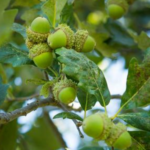 What are the top five acorn species for Missouri whitetails?
What are the top five acorn species for Missouri whitetails?
Of the 21 native oaks and multiple hybrids found in Missouri, Swamp White Oak is the all around favorite of deer. Over many years of field seeding numerous species of oaks on the same site, we found deer would always choose the swamp white oak over other species.
Other favorites are White Oak, Bur Oak, Chinkapin Oak and Dwarf Chinkapin Oak.
Many times there is the misunderstanding in land management that we just need a winter food plot. Since acorns are such an important resource, how can a property owner provide for wildlife throughout the seasons?
The property owner can provide acorns throughout the season by planting several different species of oaks. Dwarf Chinkapin and Kimberley Oak begin to fall in late August and early September. They are followed by White Oak and Chinkapin Oak. In late September and early October, Swamp White Oak including the Bucks Unlimited Oaks begin to fall. Acorns of the Red Oak family also begin to fall at this time, however due to high tannins in the acorn, they are generally palatable to deer only after periods of freezing. Over the winter period the tannins in the acorns are converted to sugar and offer food when most needed in late winter and early spring.
This has prompted our development of a permanent, sustainable food plot plan which we refer to as Permaplot® for year round available food. Based on an agroforestry design that fits conservation practices providing hard mast food, soft mast food and browse. Examples of soft mast trees are persimmon, apple, shrub dogwoods and aronias. Hard mast other than oaks include hickories, pecans and hazelnuts.
When is the best time to implement these trees?
Our preference is fall planting because the roots will establish while the soil temperatures are 50° are higher. (Usually up until December 1st) Late winter and early spring also provide a good time to establish a planting.
How do other species that utilize the resource (turkey, upland game birds, etc.)?
Virtually all native wildlife and birds have acorns in their diet. Acorns have a similar food value to corn, but given the choice, wildlife always prefer acorns over corn.
What other products or services do should people be aware of?
Specialty crops is an area of our production which is quickly expanding. We offer numerous improved cultivars of grafted species such as chestnuts, pecans, pawpaws, walnuts and persimmons. In addition to these grafted trees, we offer aronias, blueberries and elderberries.
We have converted our retail store to reflect our commitment to native plant production. Our new HABITAT HEADQUARTERS ® offers all your needs for building habitat in your back yard or your back forty.
